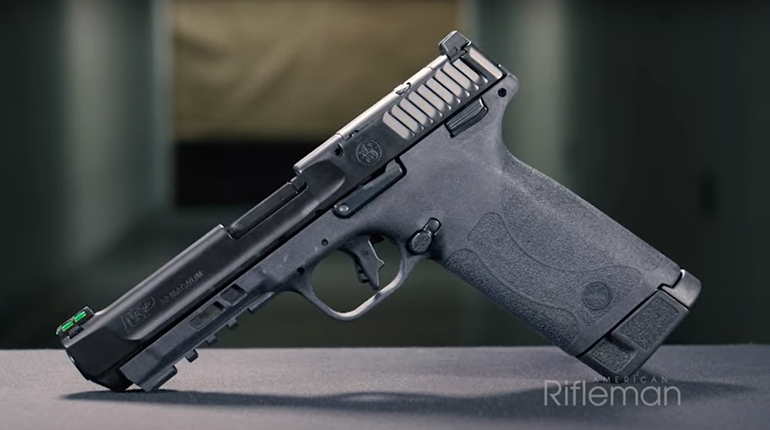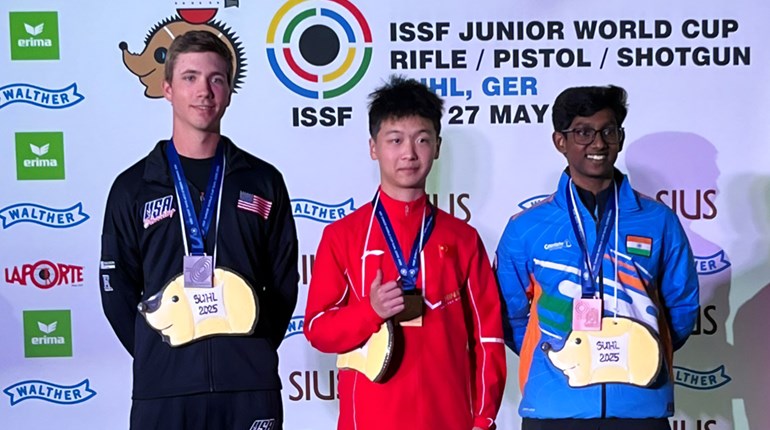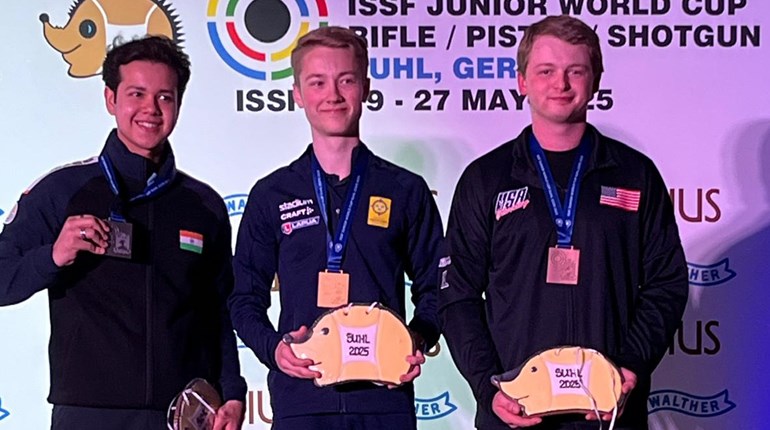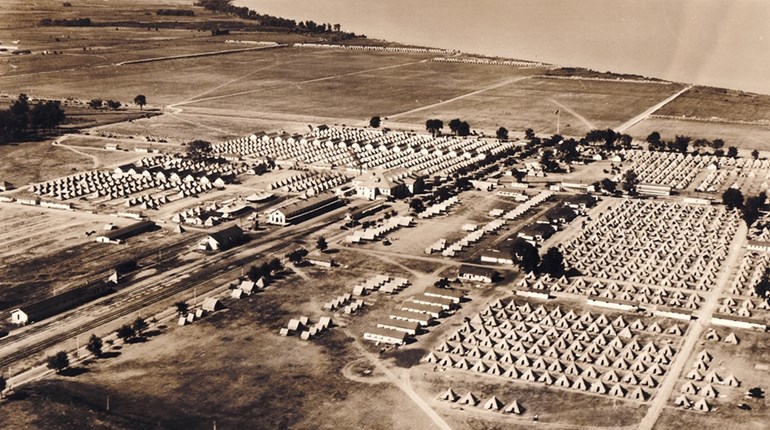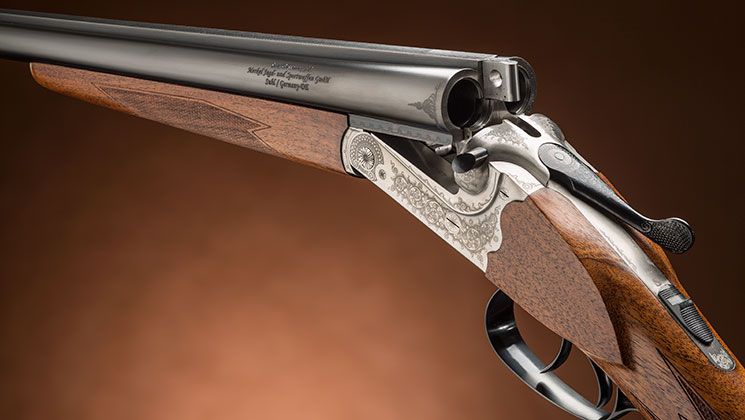
Germany’s centuries-old bird-hunting tradition is often manifested in drillings and side-by-side shotguns with sling swivels, deep, heavy relief engraving and stock carvings one might expect to see on a cuckoo clock or glockenspiel. Suhl, Germany, is one of the world’s great gunmaking centers, and the standout firm in the modern era is Merkel Freres. The company endured two world wars, communist occupation and came out from under the fall of the Berlin Wall offering shotguns that were made and looked like guns produced before the Iron Curtain went up in the first place. Since 1989, its guns with more conventional lines and stocking have been brought into the United States. Today, with well-capitalized new owners, the company is a mix of modern machines, proven design and old-fashioned handwork carried out by skilled craftsmen (and -women, especially in the engraving department).
When current importer Steyr USA, headquartered in the Deep South’s Bessemer, Ala., asked for an “entry-level” gun, the Merkel 40E was the result. This might come as news, but a sticker price of $6,995-$10,995 is a barrier to entry for some hunters. What Steyr USA’s CEO Scott O’Brien asked for was a Merkel without all the work that goes into hand finishing the stocks and ornamenting the metal of its other guns.
 O’Brien is a hunter, and he wanted to offer hunters Merkel mechanical quality at a price that would not relegate the gun to “safe queen” status. O’Brien told me, “I wanted a gun guys would actually take hunting.” At this writing, the new 40E has an introductory price of $3,999.
O’Brien is a hunter, and he wanted to offer hunters Merkel mechanical quality at a price that would not relegate the gun to “safe queen” status. O’Brien told me, “I wanted a gun guys would actually take hunting.” At this writing, the new 40E has an introductory price of $3,999.
This is a “bird gun” in the vernacular of the Southern hunters that import it. It can be used for other things, obviously, but it is the Germanic interpretation of the side-by-side game gun perfected in England in terms of lines and features about a century-and-a-half ago. The action is a self-cocking Anson & Deeley boxlock. The 40E’s receiver is made from a steel forging (Merkel offers three frame sizes, but only 12- and 20-gauge on the 40E), and like one would expect, it is stronger than it needs to be. There are side clips on either side of the water table, giving extra strength where the chambers butt against the receiver. Lockup is by an H-shaped locking block in the receiver that mates to Purdy-style double underlumps. And there is a third locking point, a .28-inch-diameter
Greener crossbolt top lock. Merkel cold-hammer-forges its own barrels and then rust-blues them. The 28-inch barrels have fixed chokes; my sample 20-gauge was marked “Improved” and “Modified” and threw extremely even patterns.
The 40E I evaluated has a straight-gripped, or English-style, stock (a pistol grip is also offered), opens via a top lever and has an automatic safely on its tang. Ejection is selective automatic, but the gun can be converted to extraction-only by a gunsmith. A single-selective (via a button on the blade) mechanical trigger or traditional double triggers are available. I was able to fire both and had no issues with the single trigger, but I much prefer double triggers on a straight-gripped, side-by-side bird gun. The front trigger’s barrel has a more open choke, while the rear trigger’s left barrel is tighter. If a bird gets up out there a ways, the hunter merely needs to slide his finger back and slap the rear trigger.
Retention of the splinter fore-end is by a steel Deeley & Edge fore-end latch inlet into its underside. There is light engraving, the screws are timed, and the inletting is extremely well done. Like the fore-end iron, the long tang of the trigger guard is well inlet, flush with the stock, and the screws are timed, too. The wood-to-metal fit is deliberately and universally proud where the stock and receiver meet.
So where do the price concessions come into play? First is the stock. It is of fairly straight-grained walnut, called grade 2 by Merkel, but it is not handled time and time again for staining, filling and sanding by German stockmakers. It bears a linseed oil finish that can be easily repaired with no need to send it back to Germany. A simple black, plastic buttplate, reading “Gebr. Merkel Suhl,” tops the butt.
Instead of displaying hand-engraving or color-casehardening, the receiver is nitrided. It appears to have been left in the white, even though nitriding is a tough finish. The engraving is a laser-etched scroll pattern. It is on both the receiver sides and the underside.
I was invited to a private quail club, Five Star Plantation, a Southern hunting venue with a rich history, and it was there I was able to try out the no-frills 40E on quail over pointers. The extra strength of the action does not detract from the gun’s liveliness. It points quickly and swings solidly. It is a gun for instinctive shots but not whippy if one needs to stay on a bird. I also had the chance to shoot a challenging five-stand course at Five Star, as well as take several trips to Northern Virginia’s Bull Run Shooting Center with the 40E.
I must admit an affinity for side-by-sides, and have shot and hunted with dozens if not hundreds of them, priced from $400 to $80,000. In the Merkel 40E I found a gun that can stand up to a lifetime of shooting, points extremely well and has the features that I need without the ornamentation I cannot afford. Mechanical beauty is more than skin deep. And the Merkel 40E has just that kind of beauty.
Technical Specifications:
• Type: boxlock, side-by-side shotgun
• Gauge/Chamber: 12/3", 20/3" (tested), 28/23/4"
• Barrels: 277/8"; cold-hammer-forged; fixed IC (right), M (left)
• Sights: brass front bead
• Trigger: double; pull weight 5.1 lbs. (front), 6.1 lbs. (rear)
• Safety: tang-mounted automatic
• Stock: grade 2 Turkish walnut w/oil finish; LOP 145/8", drop at comb 15/8", drop at heel 25/8"
• Metal Finish: silver-nitride receiver, cold-rust-blued barrels
• Overall Length: 455/16"
• Weight: 6.19 lbs.
• MSRP: $4,595












